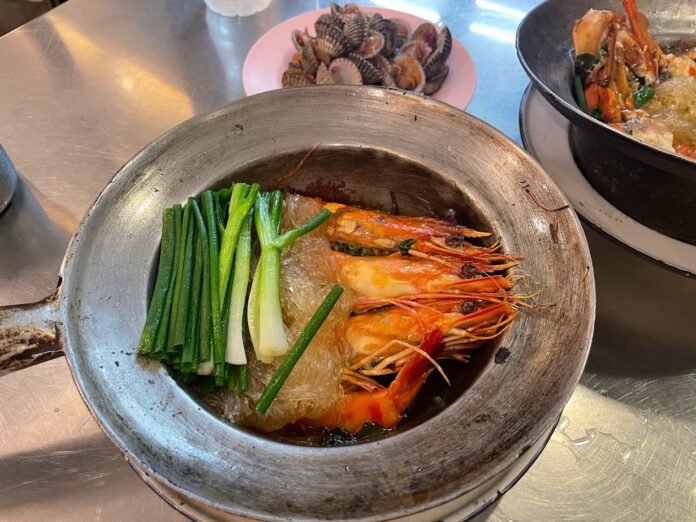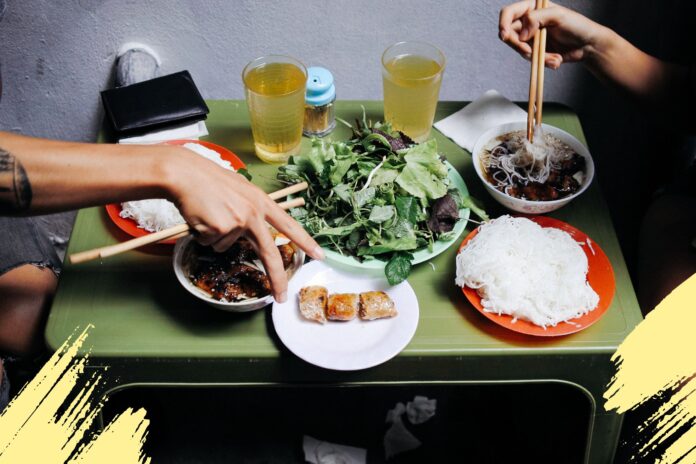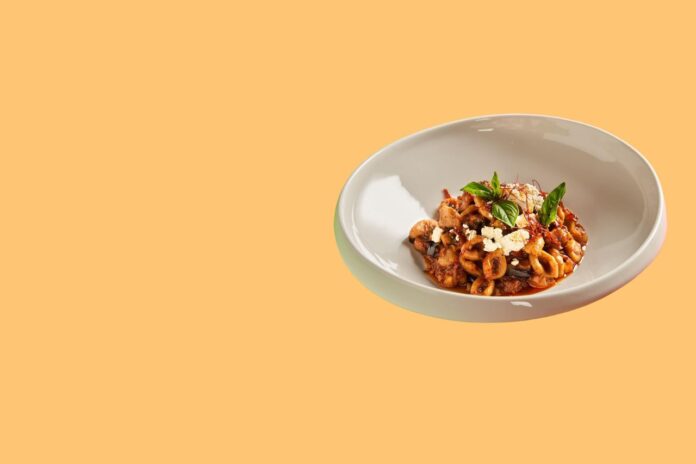Variety is the spice of life, an old adage that rings no truer than when talking about diet. But whilst National Curry Week is upon us we think it’s fair to focus the weekly shop on one style of cooking alone – as if we needed an excuse. That’s not to say the cooking of ‘curry’ draws from a narrow field though; a street of chicken tikka masalas and little else, this is not. No, quite the opposite. Curry refers to a rich and diverse tapestry of highly spiced, aromatic offerings from all corners of Asia and quite often, beyond.
So, with National Curry Week giving us the perfect excuse to get the spices out and get cooking, here are 10 IDEAL tips for cooking with storecupboard spices.
BROADEN YOUR DEFINITION OF SPICE
Firstly, ‘spice’ needn’t mean brow-mopping heat and a morning sat on the toilet in struggle. Also, ‘curry’ shouldn’t be confined to a bowl of creamy, orange liquid combined with chicken, from a small corner of India. Nor, a British bastardisation of it, thereof.
In actuality, spice can refer to anything aromatic, hot, pungent and flavourful which has been derived, generally speaking, from vegetables. They’re found in so much more variety than your average Balti. They’re amazing in marinades, rubs, even desserts. Cooking with them is a versatile game, and one which is rewarded by an augmented approach.
Curries hail from all over; Indonesian, Chinese, Vietnamese, Iranian, Thai, Sri Lankan and many more could all rightly stake a claim as being the best around. Even going for an ‘Indian’, the beloved staple of the British night out, is confusingly billed, as on the menu there’s often highlights from Bangladesh and Malaysia to name just two. And that’s even before we talk about Anglo-Indian creations. So yeah, ‘spice’ is one hell of a broad term, and our approach to cooking with it should broaden in tandem.
IT’S LESS COSTLY AND TIME CONSUMING THAN YOU MIGHT ASSUME
Often the first cursory glance at a curry recipe is the last, as we balk at the sheer breadth of ingredients and reach for the takeaway menu. Cooking with spice is a fine balancing act, with half teaspoons and pinches of this and that making the recipe look longer and more complex than it actually is. Once you’ve got a store cupboard stocked with essentials though, it won’t need much attention or replenishing. Spices, if kept properly (see below) last a while, and as a consequence, in the long run, aren’t at all expensive.
BUY WHOLE AND GRIND
Whilst we’re on the subject of spice shopping, one of our worst sins is the purchase of already ground spices for the sake of convenience. In this form, the taste, verve and freshness deteriorates. But, when buying whole spices and grinding as and when necessary, you’ll maintain the vigour, character and essence of the product.
OLD SPICES ARE TASTELESS SPICES
We’ve all got that jar of ground cinnamon at the back of the cupboard that’s been passed through generations. Sentimental value aside, it’s time to throw it out. The taste will have long dissipated, gone south as fast as your grandmother’s cauliflower cheese recipe went out of fashion. The vivid colour so prized in, say, turmeric, will also dull as time passes. The spice rack requires the odd audit if you’re to get the maximum flavour into your homemade curries.
STORE CORRECTLY FOR LONGEVITY
Air and moisture are the enemies of the spice jar, so store correctly to keep flavours locked in. An airtight jar or container is a must, and when dipping into said jar, use a dry, clean measuring spoon. Contaminating the dry spice mix with moisture or another flavour is a schoolboy error easily avoided. You also want to keep your spices away from a source of direct heat and in a dark place, as changes in temperature will quicken the loss of flavour, as will exposure to light.
TOAST FIRST
Though not appropriate for every recipe, toasting dry spices such as whole cloves, star anise and cinnamon results in the release of essential oils and the enhancing of aroma and flavour. Keeping an eye on this process is a must though, as spices can quickly turn, leaving an acrid taste that no one values in their curry.
INFUSE OILS
A similar idea to the above, some spices respond very well to being infused in oils. Turmeric releases colour and flavour into the oil it’s cooked in, and mustard seeds offer both a satisfying popping sound and assertive flavour when infused in hot oil.
MAKE PASTES
The backbone of many of the world’s finest curries is the paste. This is usually made in a pestle and mortar, though the food processor will do if you’re short on time. Common foundation ingredients include ginger, garlic, shallots and of course, spices. The results of a paste-base are dramatically more aromatic and flavourful than one made paste (and love) free.
BANGKOK ROOM TEMPERATURE
Though not applicable to all curries, and certainly not a catch-all rule, many benefit from a slight cooling down. Served piping hot, the complexity of spicing is sometimes lost. Allowing to cool to room temperature can bring a development and more easy identification of flavour which so lends itself to great-tasting, thoughtfully seasoned curries.
BEST SERVED NOW, BEST SERVED LATER
Following on from this point, it’s important to consider the optimum length of time after cooking that your curry will be at its best. Whilst it’s generally true that a curry tastes better the day after its creation, don’t assume this as universal. Some are best eaten as soon as cooked, as they benefit from the immediacy of their particular spicing.
Cooking curries and with spice should not be a daunting task, and is one which brings a great sense of achievement and most importantly, so much flavour. So, with National Curry Week here, what are you waiting for?





